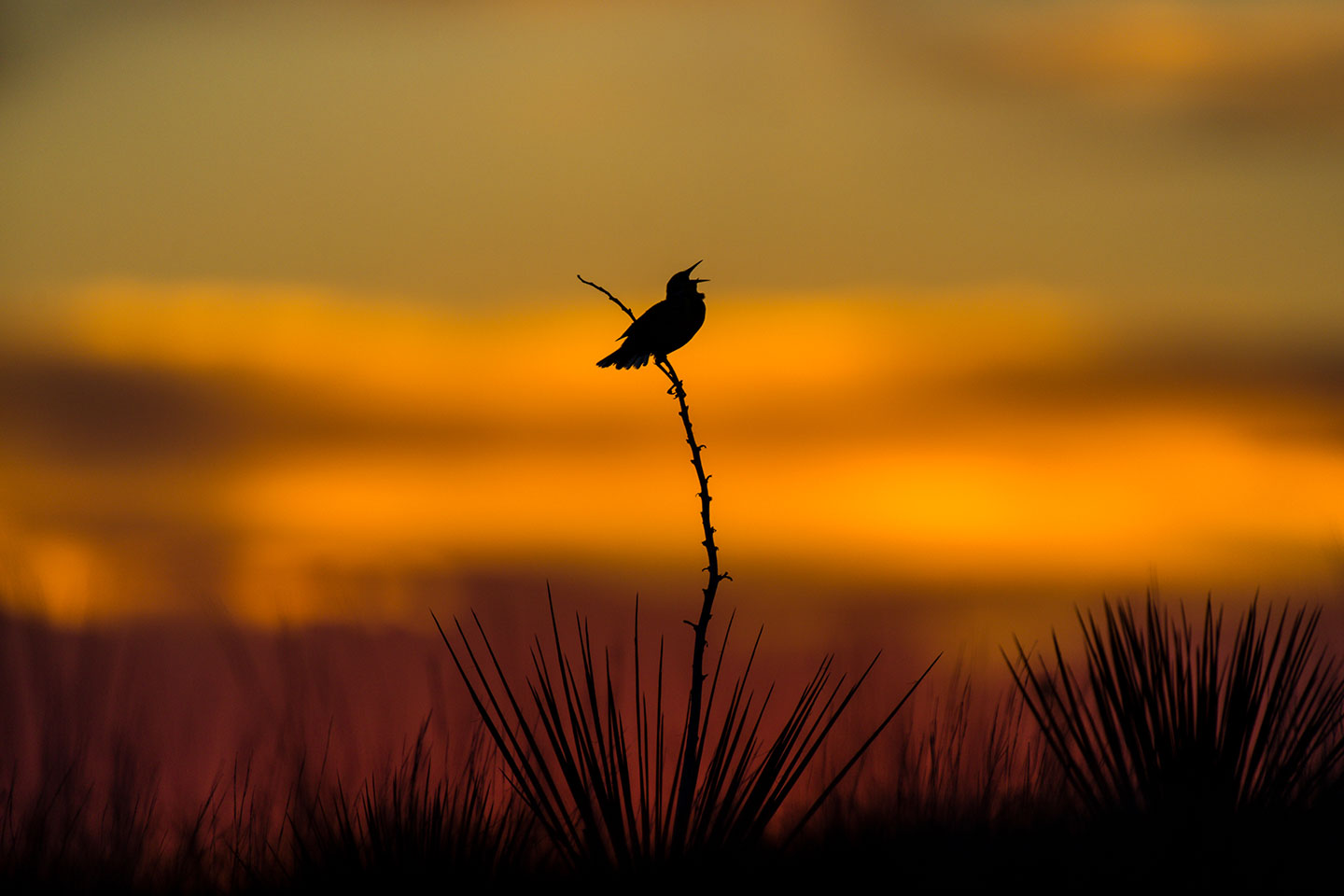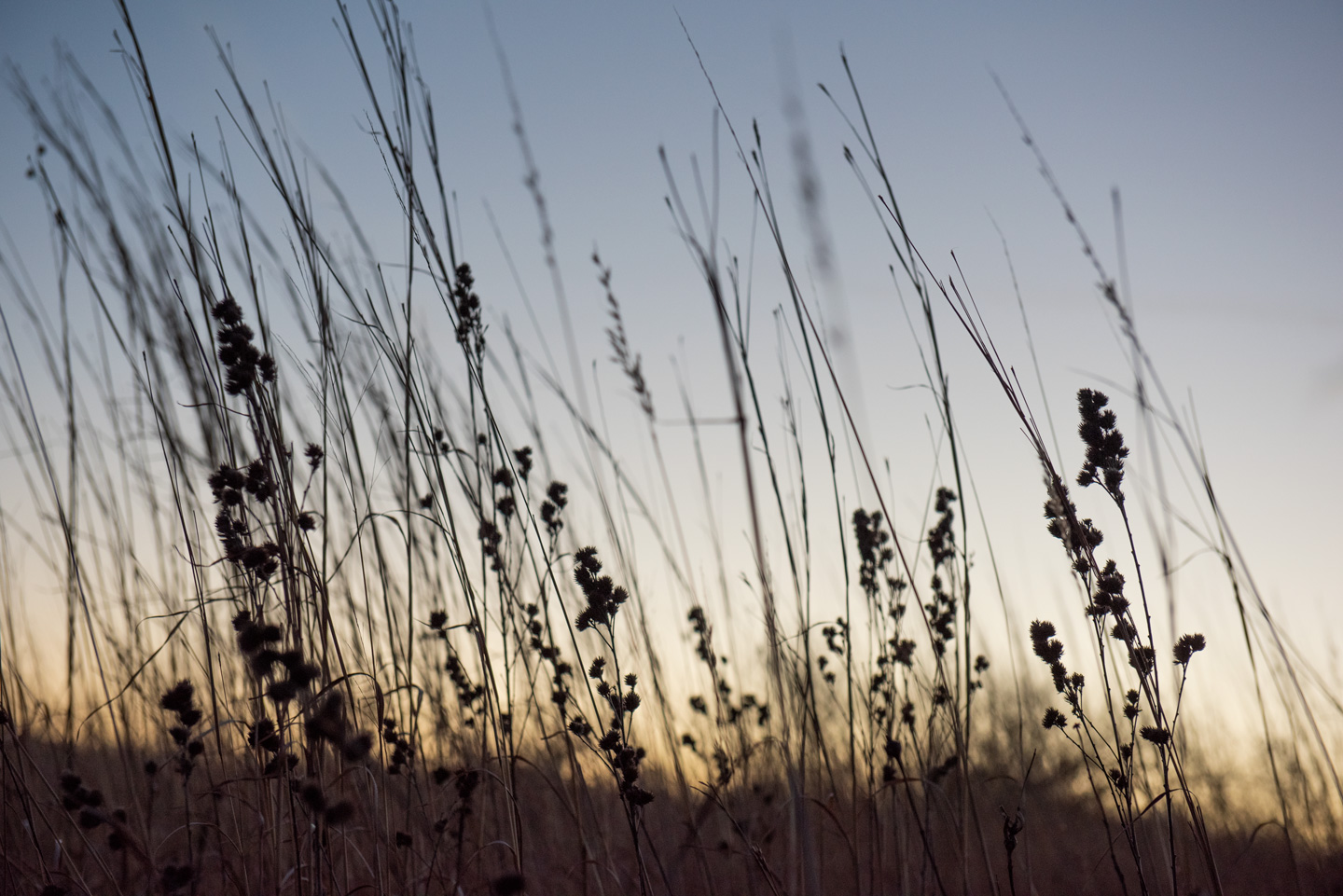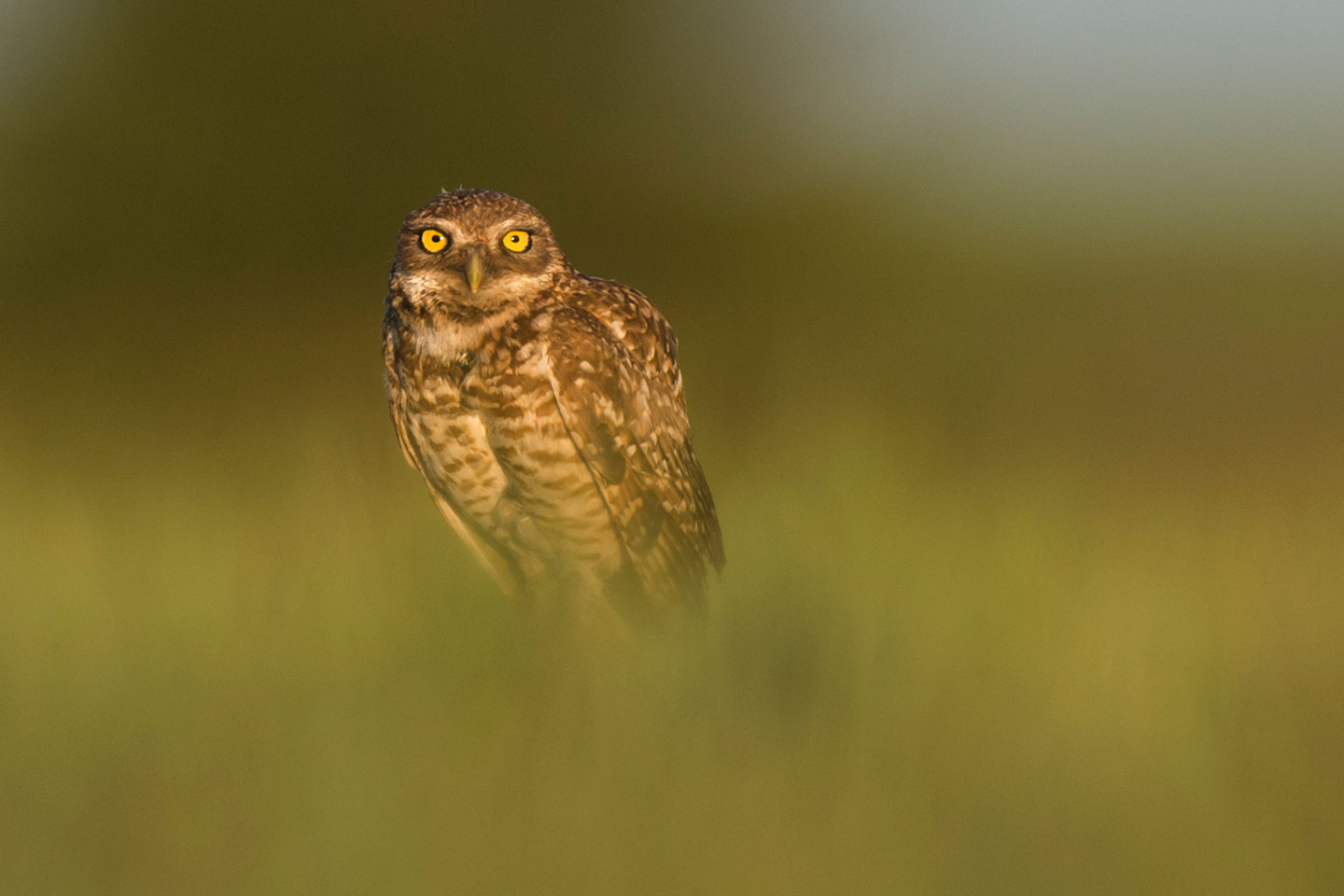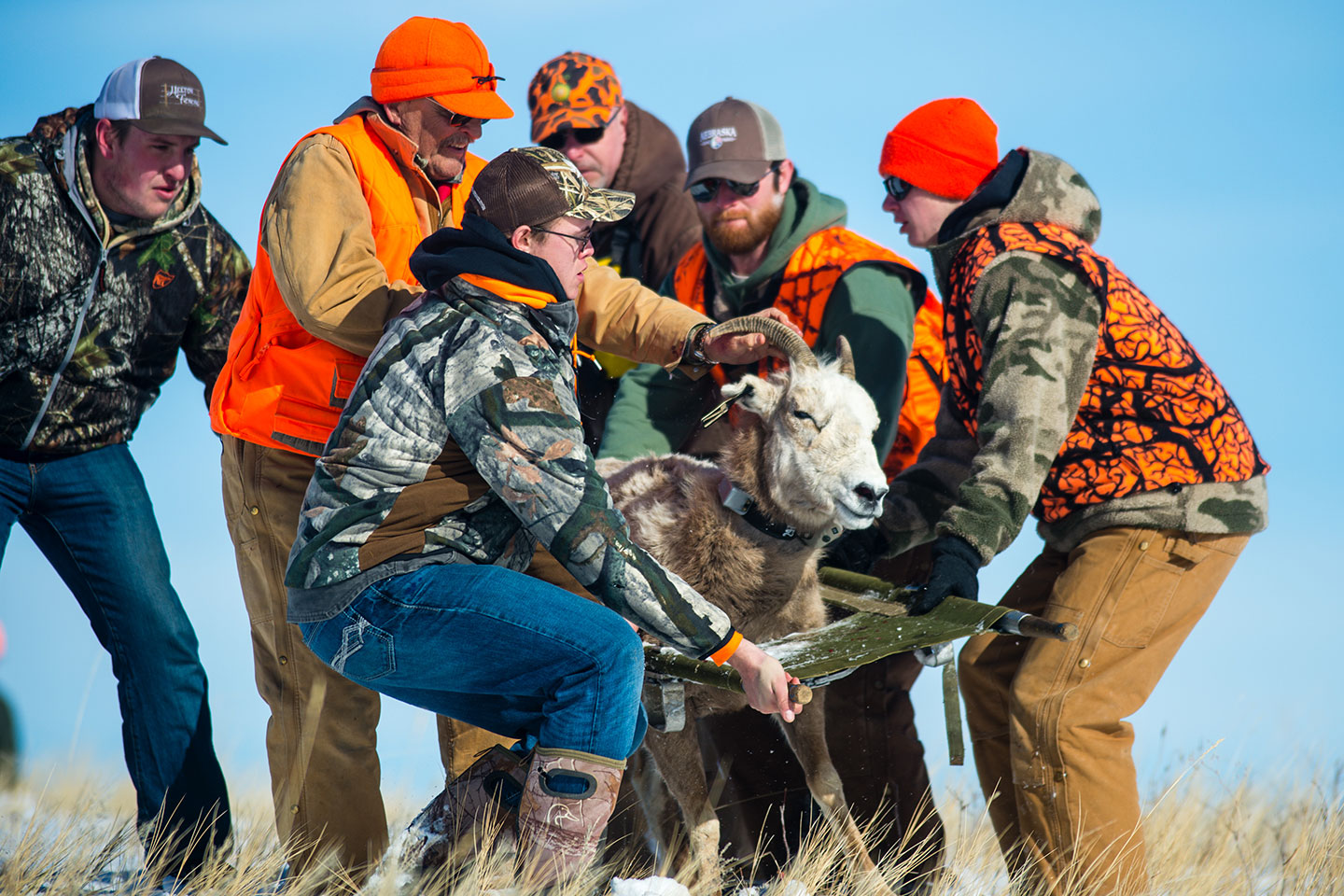Conservation Challenges
From habitat loss to invasive species and disease, Nebraska faces a variety of conservation challenges that affect the state’s wildlife.
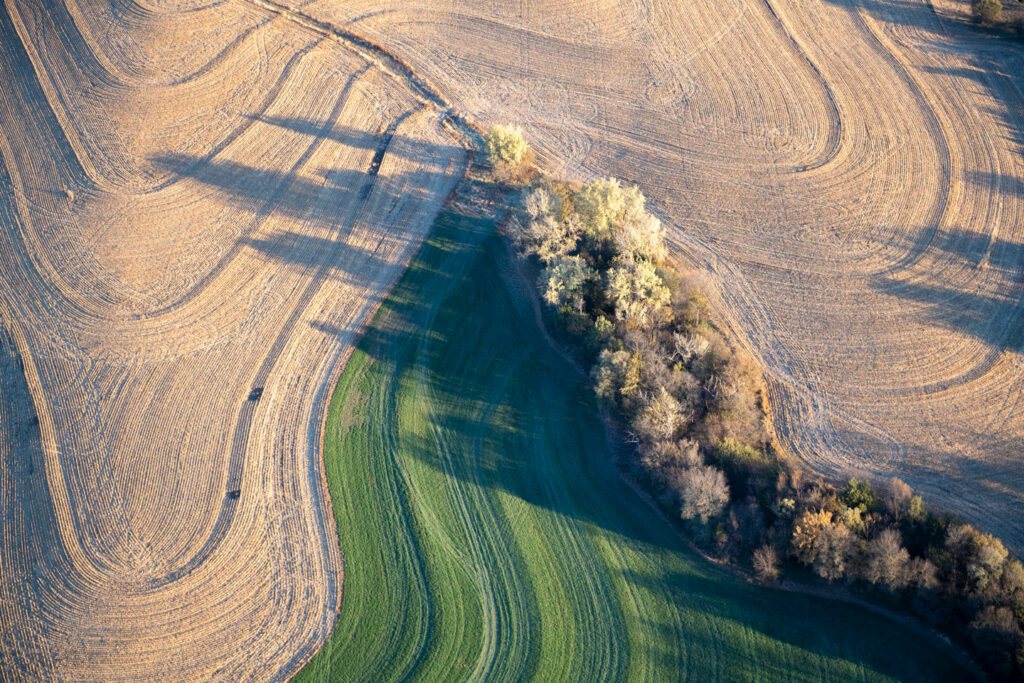
Habitat loss, degradation and fragmentation
Habitat loss, degradation and fragmentation are viewed as the largest cause of biodiversity loss and the primary factor in species being listed as threatened or endangered. Habitat loss occurs when natural habitats are converted to human uses, such as cropland, urban areas and infrastructure development (e.g. roads, dams, power lines).
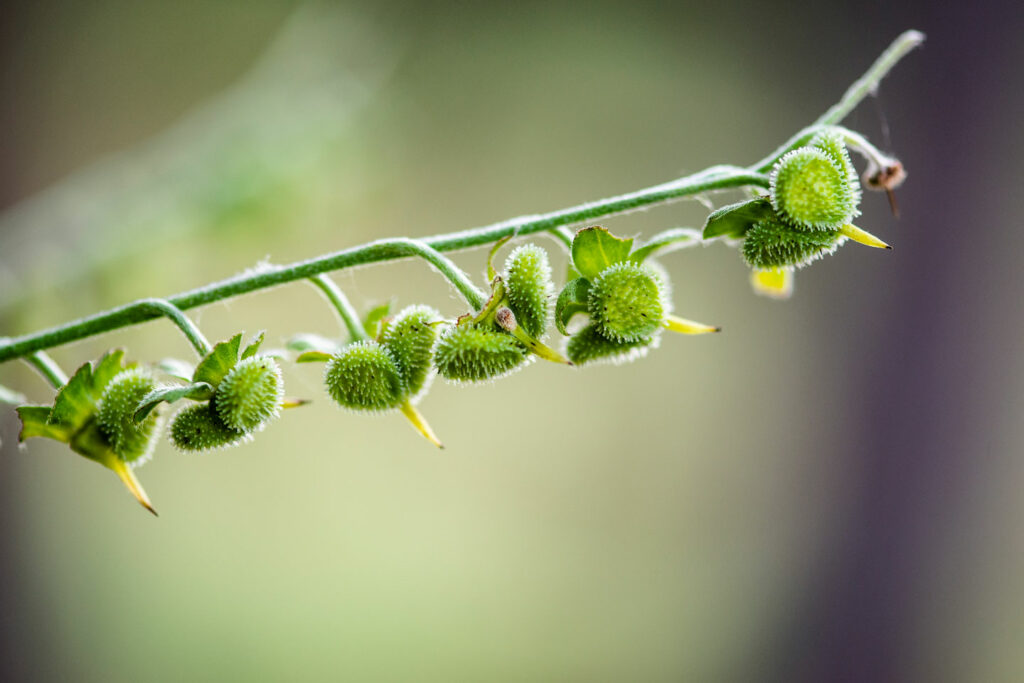
Invasive species
Nebraska is faced with many invasive species challenges – habitat degradation due to noxious weeds, tree loss due to insect damage and reduced water recreation opportunities due to invasive mussel introductions, among others. Invasive species are aquatic or terrestrial organisms not native to the region that cause economic or biological harm and are capable of spreading to new areas.
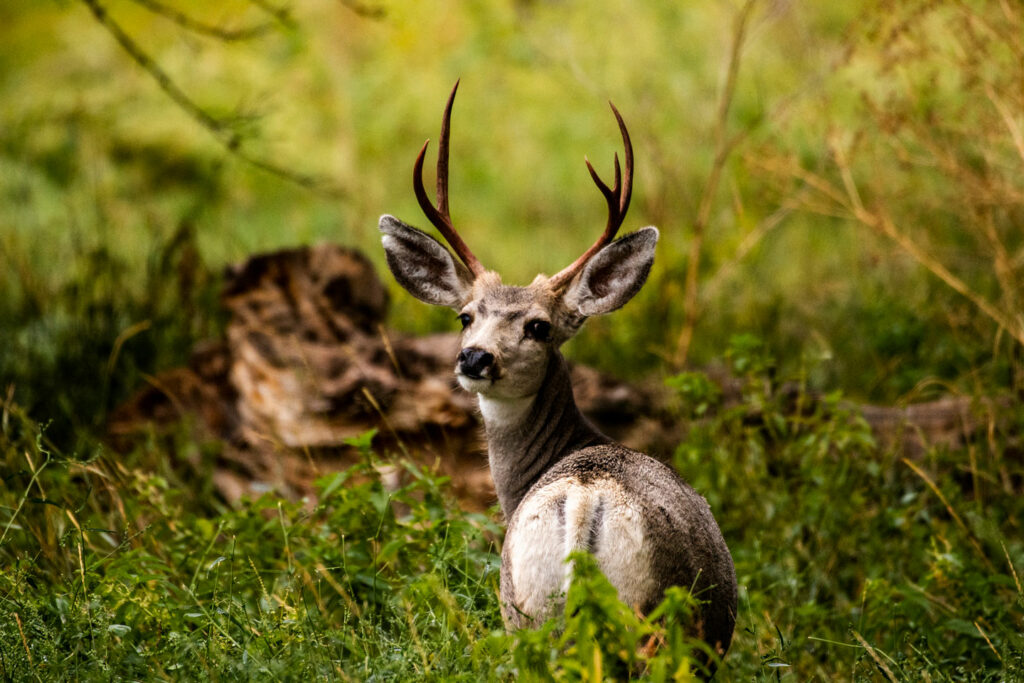
Wildlife diseases
Like most living things, wildlife are susceptible to illness and disease. Wildlife that are sick or diseased may appear docile or exhibit unusual behavior. Outdoor enthusiasts should be alert to conditions and report any sick or dead animals to the Game and Parks Commission to ensure that proper procedures and testing will take place. There are six major diseases that have been documented in Nebraska and are of concern to wildlife biologists.

Climate change
Components of climate change that are affecting biodiversity include increasing temperatures, changes in precipitation patterns and increases in the frequency and intensity of storms, flooding, droughts and wildfires. Climate change is expected to alter ecological processes such as fire pattern and hydrology. It could also exacerbate a number of non-climate stressors, such as habitat loss and fragmentation, pollution and the spread of invasive species, pests and pathogens.
Related content
About Nebraska Game & Parks
We’re a family of passionate, innovative professionals who work together to connect people to the natural world and support conservation in Nebraska.

